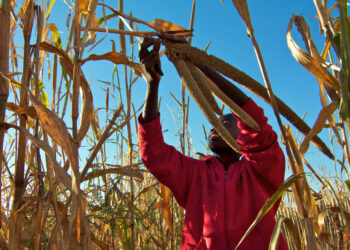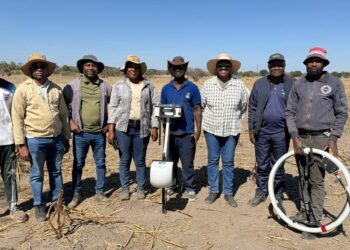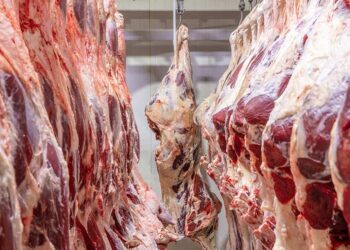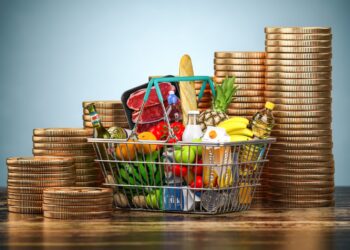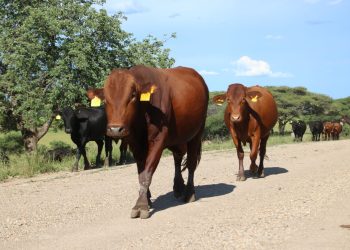
Namibia’s agronomy sector faced a 74.9% decline in production levels during the fourth quarter of 2024, according to the latest report by the Namibia Statistics Agency (NSA).
The total production of controlled agronomy crops (millet, white maize, and wheat) dropped to 4,758 tonnes from the 18,928 tonnes recorded in the same quarter of 2023.
According to the report, the decline was primarily driven by significant reductions in wheat and millet production, which fell by 83.7% and 45%, respectively.
During the quarter under review, wheat production stood at 2,907 tonnes, white maize at 1,819 tonnes, and millet at a mere 32 tonnes.
Despite the overall downturn, white maize was the only crop to show positive growth, increasing by 77.9% from 1,023 tonnes in the fourth quarter of 2023 to 1,819 tonnes in 2024.
“In the fourth quarter of 2024, the production of white maize stood at 1,819 tonnes compared to 1,023 tonnes recorded in the corresponding quarter of 2023. This represents an increase of 77.9% in the production level. Wheat production followed, recording 2,907 tonnes compared to 17,847 tonnes recorded in the corresponding quarter of 2023. While millet recorded 32 tonnes compared to 59 tonnes in the corresponding quarter of 2023,†NSA stated.
The agency noted that the decline in local agronomy production was reflected in the rising import bill, which soared to N$862.9 million in the fourth quarter of 2024, a substantial increase from the N$519.9 million recorded in the corresponding quarter of 2023.
Maize accounted for the highest import value at N$564.7 million, followed by wheat at N$277.1 million and rice at N$4.5 million.
The majority of these imports were sourced from South Africa (61.1%), Lithuania (20.0%), and the United States (7.2%).
Namibia’s horticulture industry saw a modest 3.3% growth in exports. The total export value of horticultural products stood at N$1.396 billion, up from N$1.352 billion in the same quarter of 2023.
Grapes dominated the exports, contributing N$1.293 billion, followed by tomatoes at N$23.2 million and watermelons at N$17.2 million.
The Netherlands emerged as the top export destination, accounting for 36.6 percent of horticultural exports, followed by the United Kingdom (23.8%) and Germany (9.3%).
According to the report, the country recorded a decline in horticulture imports, with the import bill dropping to N$328.7 million from N$338.1 million in the corresponding quarter of 2023.
The highest imported horticultural products included potatoes (N$47.3 million), apples (N$34.8 million), and tea leaves (N$14.8 million), with South Africa supplying 95.7% of these imports.


